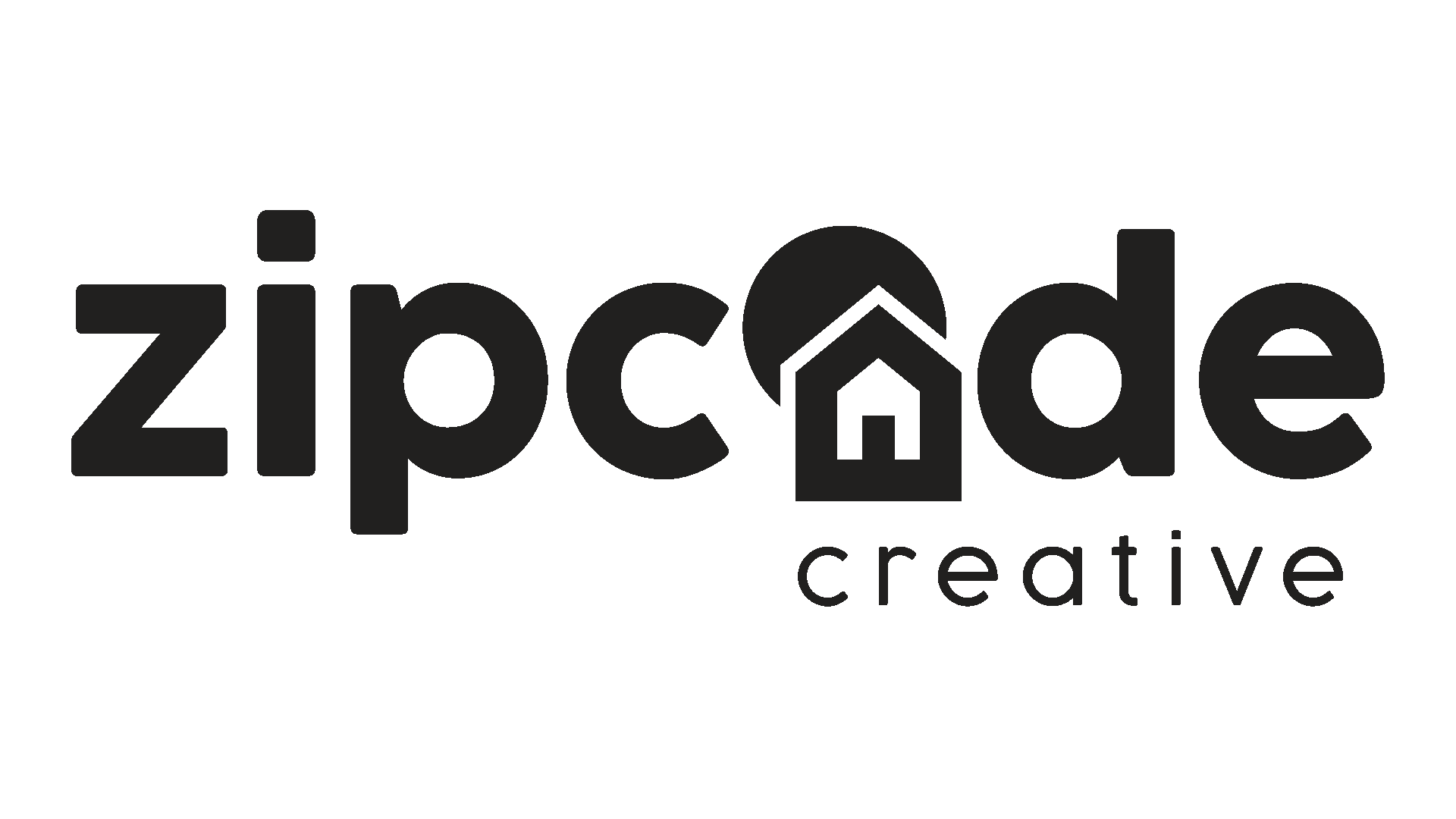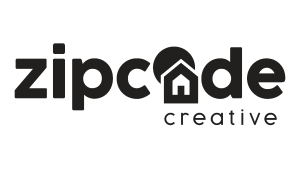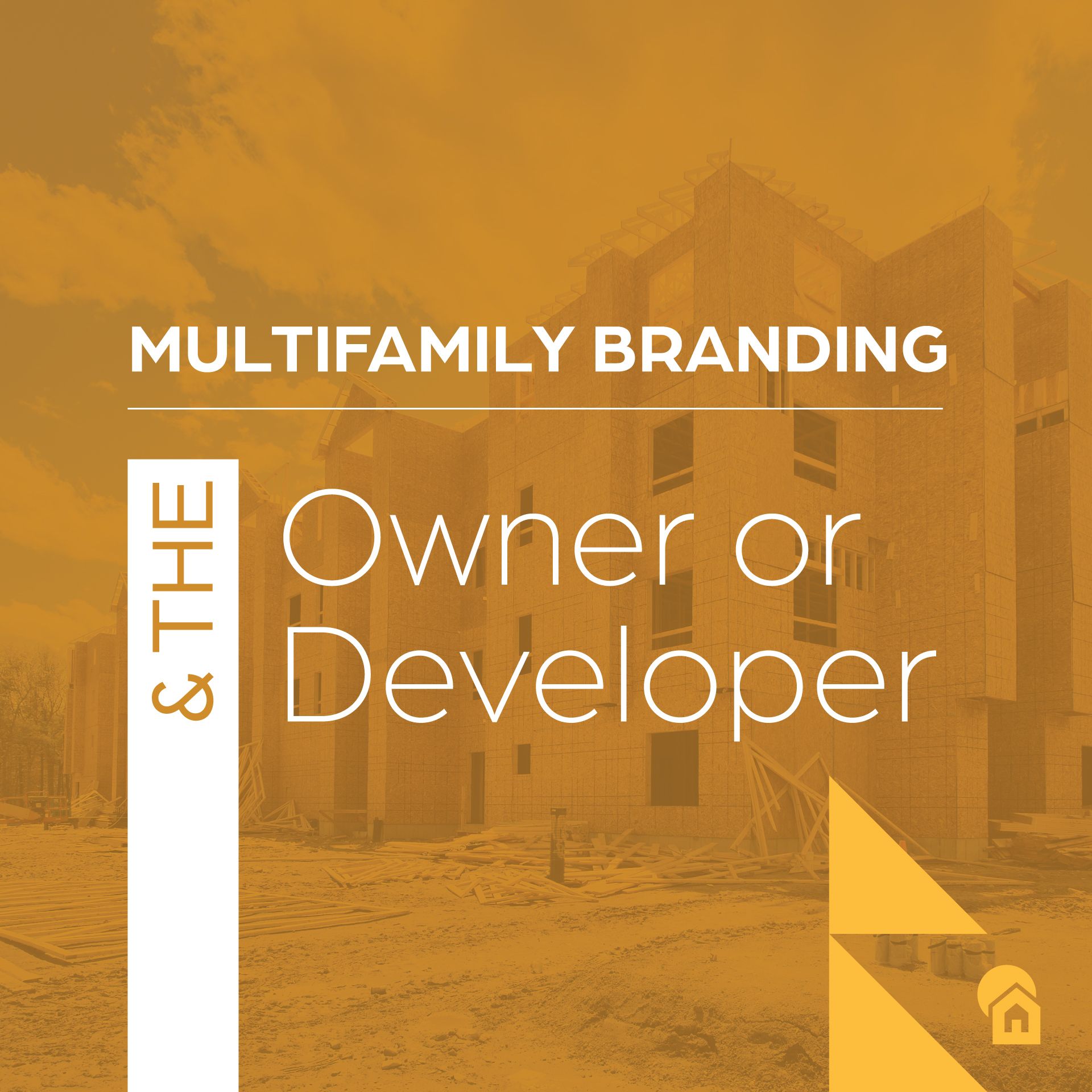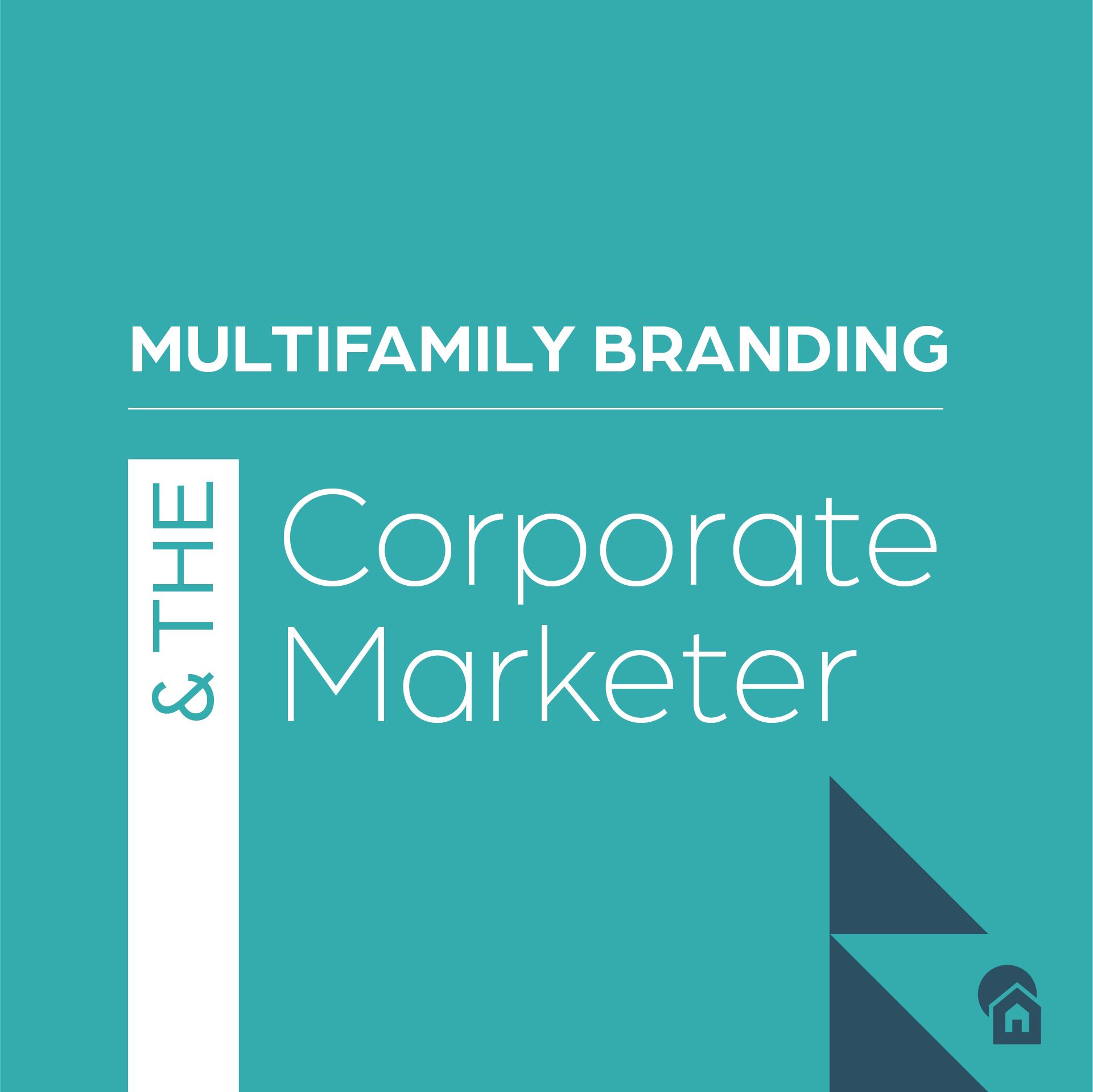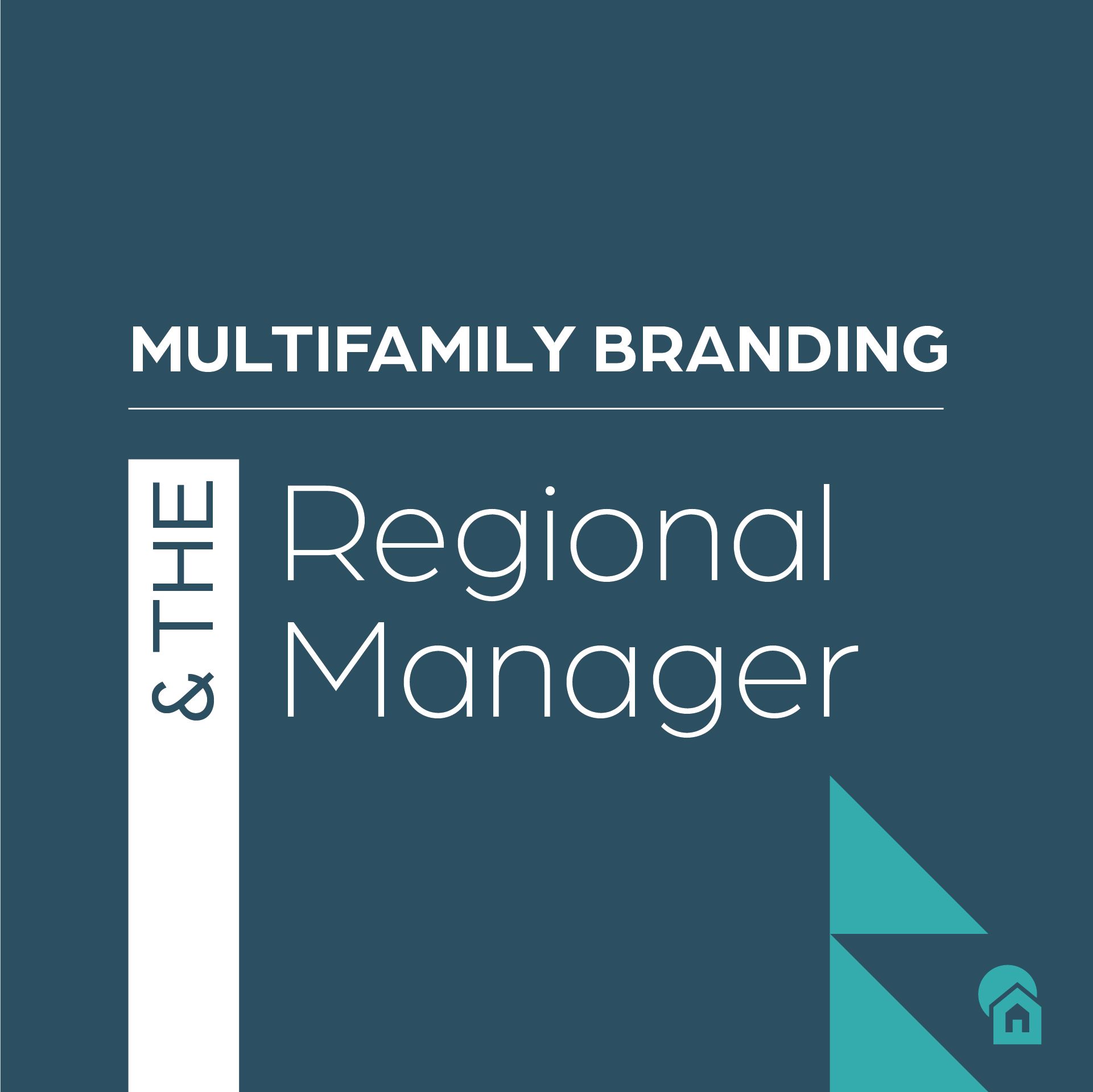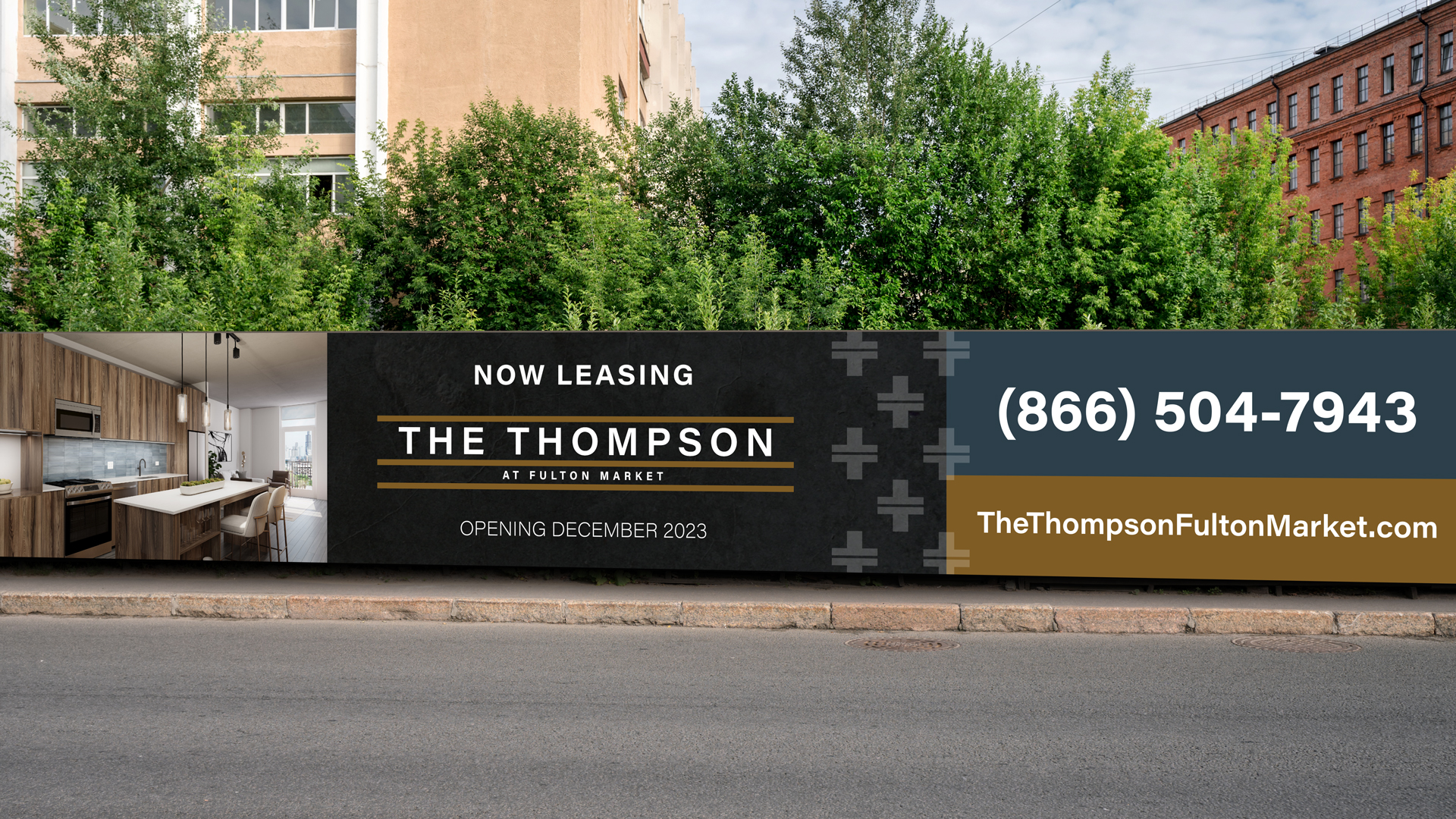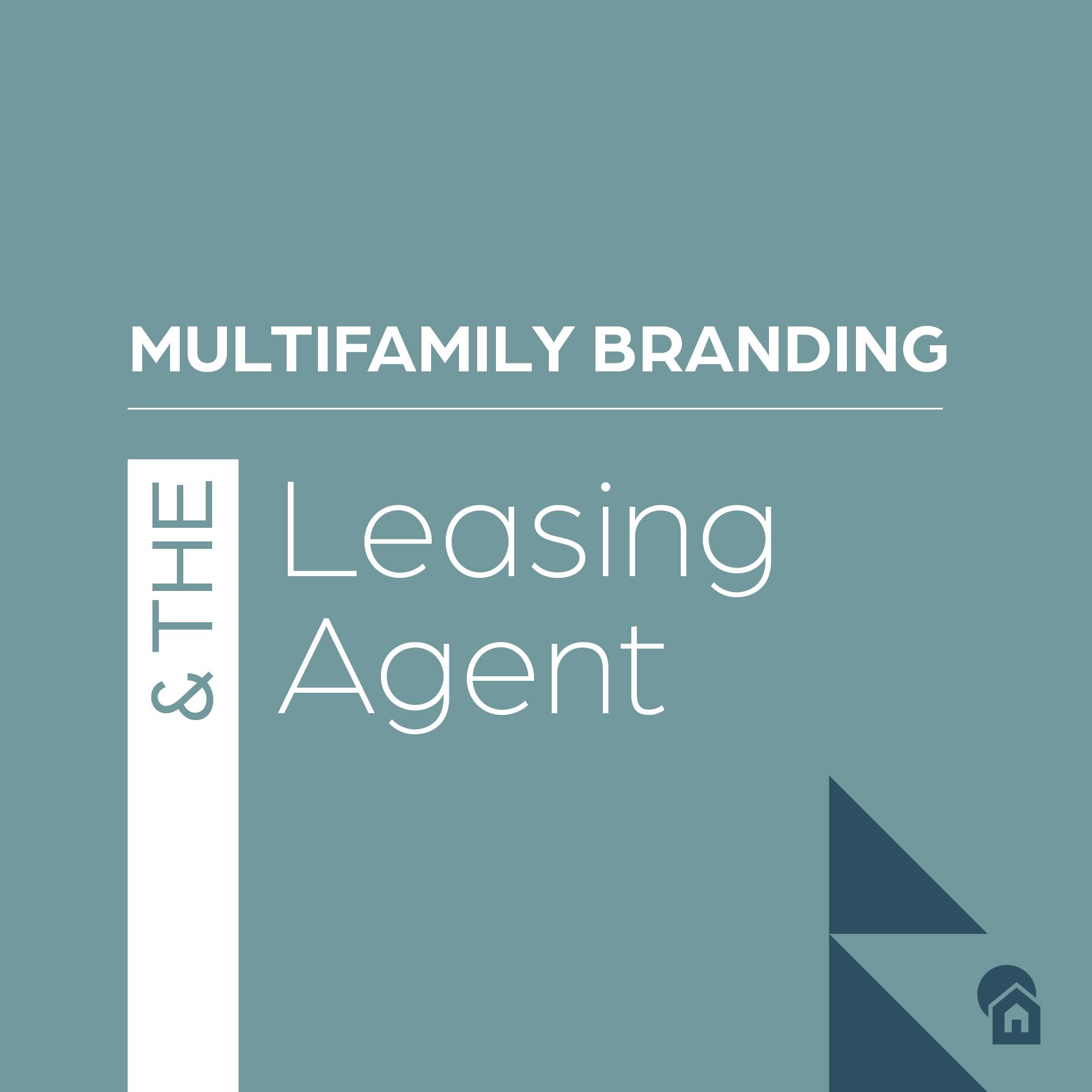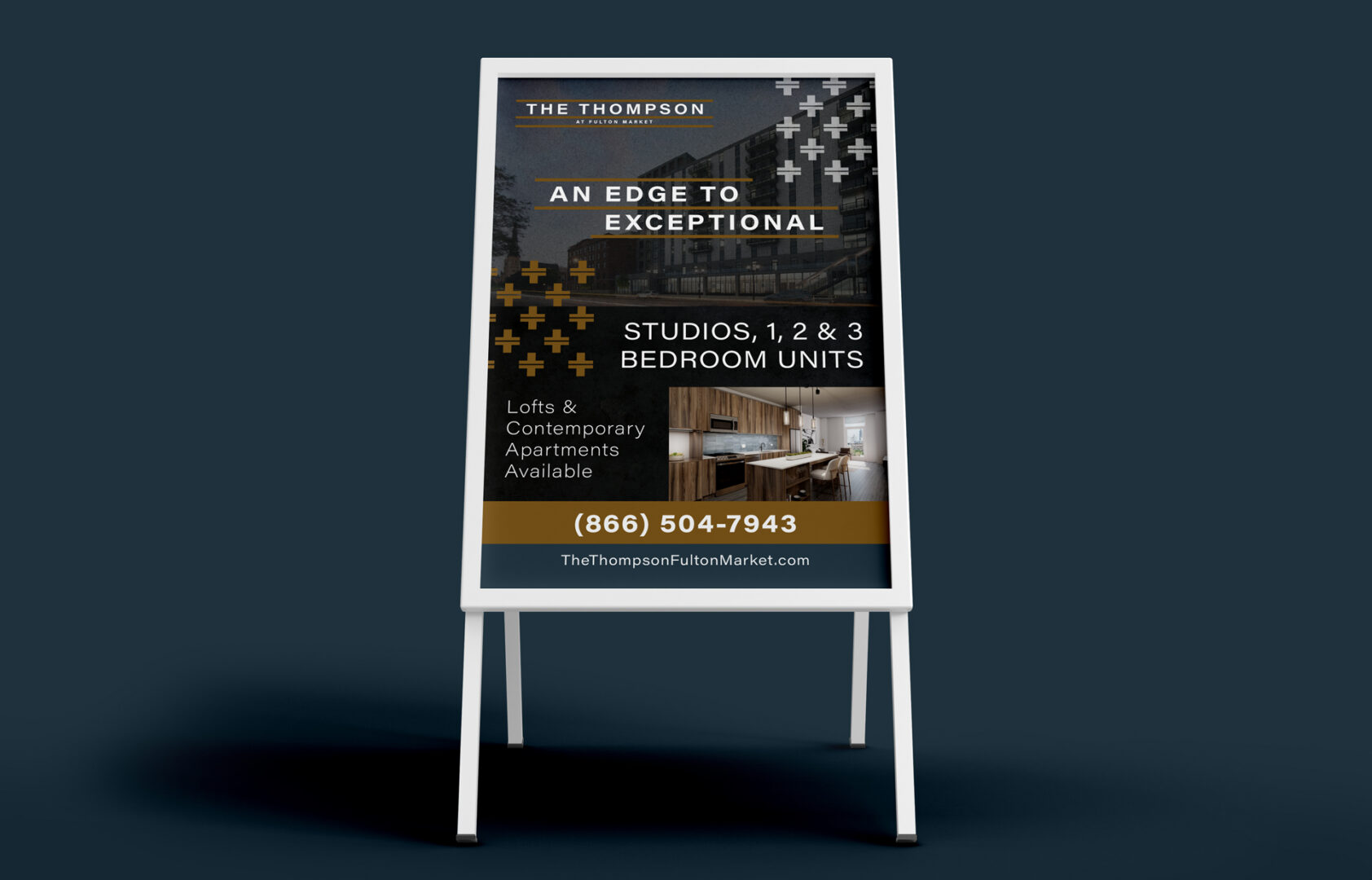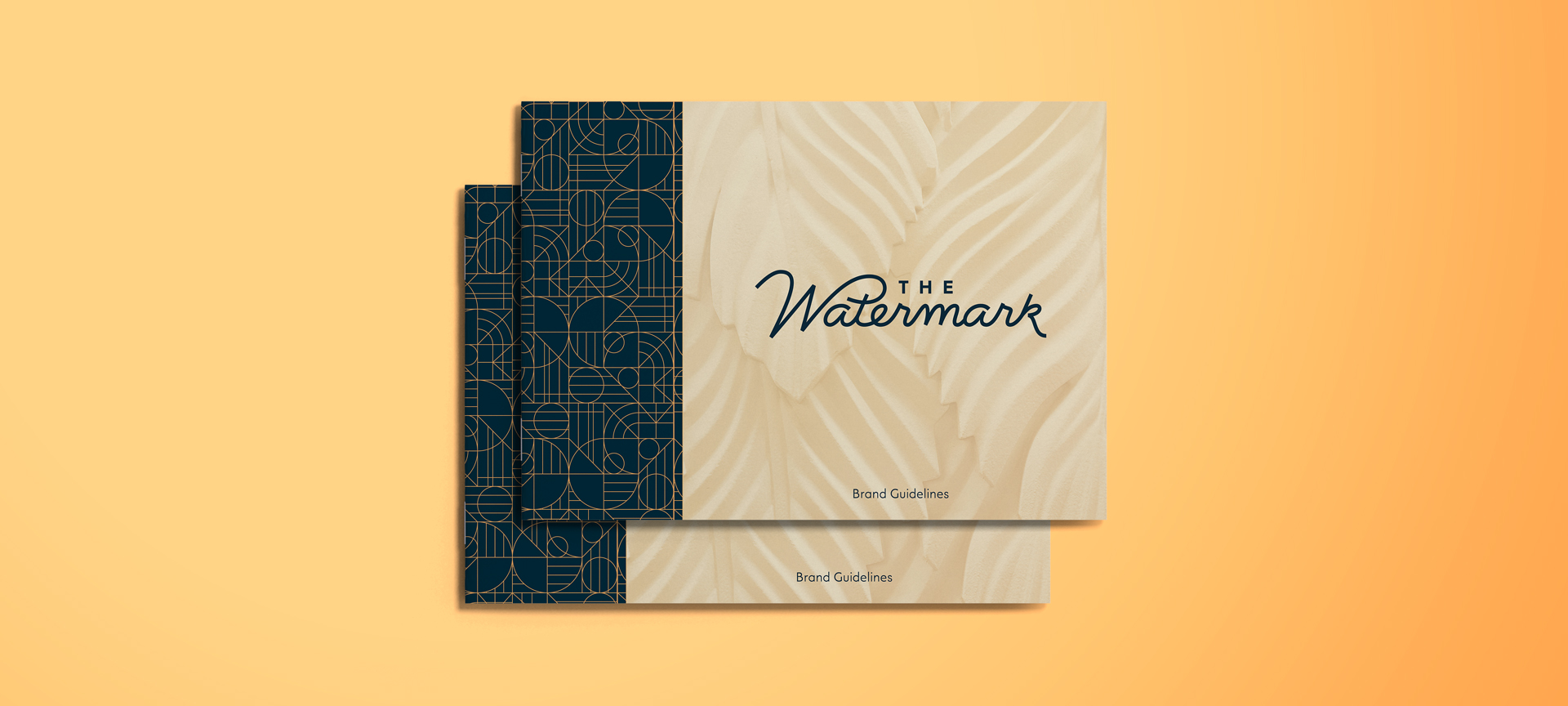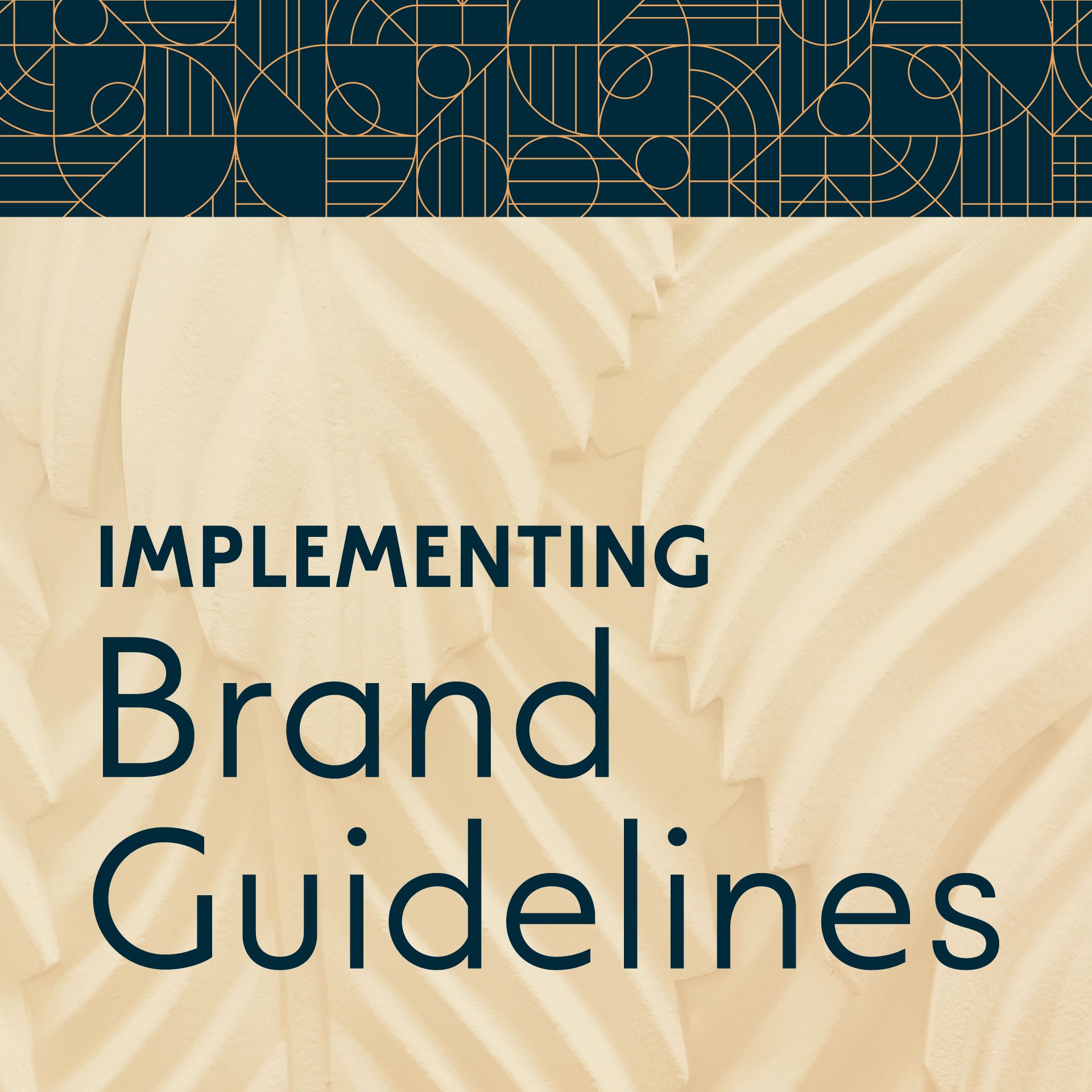Social Media Apartment Marketing—Three Ways
Social Media Apartment Marketing—Three Ways
It’s time to post on social media to market your apartment community. But you’re not feeling it. Here are three social media content pillars that you can go to every single time.
Before prospects tour, they’re probably checking out your social media accounts. Get it cleaned up and consistent (with your brand) with high-quality photos and interesting content.
1- Show the Property on Social
First step: Show off the property on social media. This is what they really, truly want to see. (There’s so much content here!) Keep it real and authentic, though!
TYPES OF PHOTOS
It’s likely you already have oodles of professional photography of your space. Use those photos. Put in creative captions. Using what you already have will help with quality control, and will give your followers a (beautiful) idea of the spaces.
Taking photos with your phone is also fine—make sure they’re in focus, clear, and well-lit.
Capture photos of the following to vary the textures, colors, and content in your posts:
-
Inside common spaces (the gym, the lounge, the leasing office)
-
Outside areas (barbecue area, pool)
-
Inside various apartments—you can get up close to beautiful countertops, drawer pulls, updated shower fixtures, pretty lighting, and plenty more that will show your attention to detail, and the modern selections or updates you’ve chosen for your residents)
-
The surrounding neighborhood hot spots
SHORT TOURS (SNEAK PEEKS)
It’s always fun to watch a quick video of something you’re interested in. With the average person now glued to their phones, video content is a great way to capture attention and keep it. Keep every video short and sweet, and consider making content only for one space at a time (the pool) or for one room at a time (the primary bathroom of a 2 bed, 2 bath apartment) for example. Quick tours can leave the prospect wanting more—and may help bring them in for a full tour soon enough.
Camera-shy? No problem. You don’t have to be filmed performing a junior high dance on camera. The trick here, again, is to be real and show the property off.
2 – Share the Culture on Social
An apartment community, with an emphasis on community, is an intriguing and appealing concept to prospects. Get them on site by showing off the culture of the community through your social media posts.
DAY IN THE LIFE
Show off what it’s like to live at This Place. Friendly neighbors? Fun events each week or month? Easy lease payments? Smooth maintenance requests and service? Tell it all! (All the good stuff, of course.) This could include a quick walk to a local coffee shop, or setting up a doggy play date at the dog park!
INSIDE EDITION
For easy content, do a quick Q&A and with some of your staff. This makes things personal and creates heartwarming content that helps prospects and residents connect with staff at the community that they may interact with.
TESTIFY
Having testimonials be part of the regular content rotation is a great idea. It’s like boosting a five-star review on your google page—only you can shorten it, tighten it and pick your favorites. When your prospects are scrolling, they’ll be able to see the best of the best from your happy residents. This can be particularly good or effective if you use an example from an efficiently resolved maintenance request.
WHAT’S HAPPENING
Show off your events, parties, and contests. There’s likely always something going on, so be sure to advertise it well. Use your logo and craft a clear caption. When the prospect heads to your profile to scroll, they’ll be able to see just how fun it could be to live there!
3 – Lean into Local on Social
Don’t be afraid to go “beyond your borders” and get out into your community’s neighborhood. There’s so much to do and see—right? Pick a few restaurants, shops, and parks to show off. If you can, rent a bike and ride around to make a fun reel on IG. By visiting these local places and showing them off on social media, you’ll also get a feel for what your favorite spots are. This makes your recommendations to new residents that much more authentic. For example, you could say, “Yes, this is my favorite groomer in the area!” and it would be accurate information (instead of just a Yelp-based answer.) Pretend you’re Rick Steves for a second, but be a tourist in your own town, hunting down the best cup of coffee and the perfect spot for a picnic.
Showing all these places and activities can give prospects a clearer understanding of the local vibe.
Final Social Media Apartment Marketing Tips
BE SEASONAL ABOUT IT
Don’t be afraid to decorate for fall. And post about it. (Everyone else is, so you’ll fit right in.) In summer, you can pot a tomato plant on your patio. In fall, you can create some fun soup recipes to share, perfect for anytime your residents have an autumn gathering. Quick reminder: Doing seasonal stuff sometimes makes us lose our heads and our focus on the brand. So…
DON’T FORGET YOUR BRAND
You thought we might get through this whole post without talking about Your Brand? No way. Make sure you’re still maintaining every bit of your brand guidelines with your posts. Colors, fonts, and brand voice in the captions will help associate you with your brand again and again. When you create a community brand as a lifestyle brand, it can drive signed leases because your prospects want to be a part of something that looks like THAT! Everything should stay aligned—beautiful social graphic templates are a great place to start for your regular content, like testimonials and “around town” type posts.
Whatever you do, have fun with it and that will come through in your posts.
